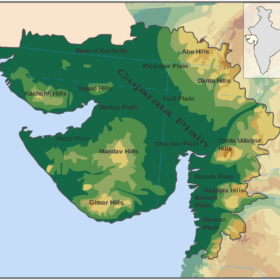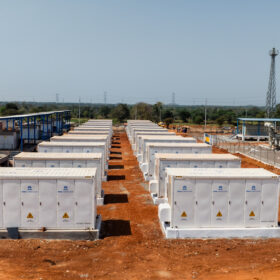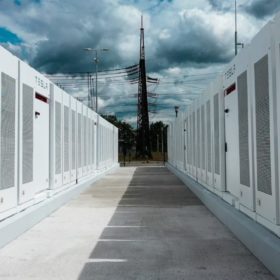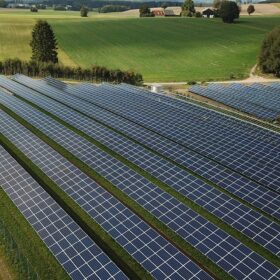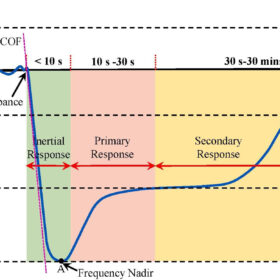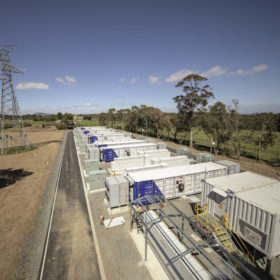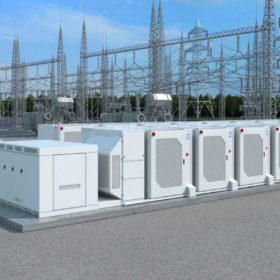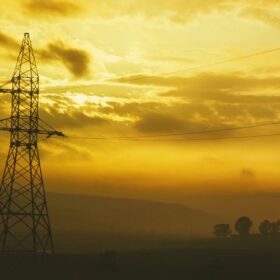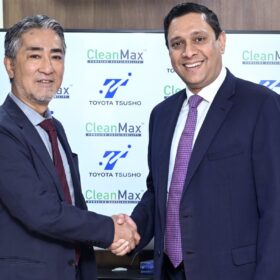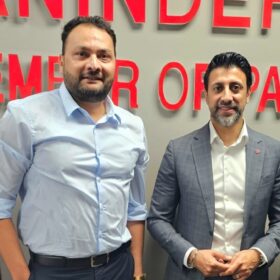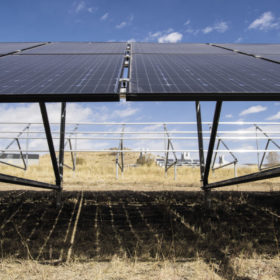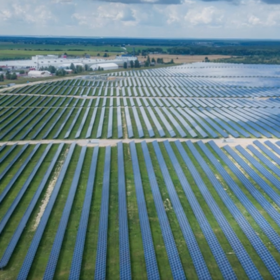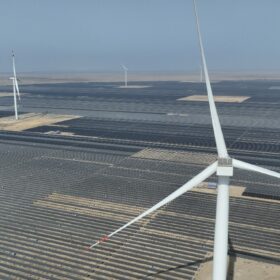Reliance obtains BIS certification for solar panels
Reliance Industries expects to commission its first train of solar module and cell manufacturing at Jamnagar within the current fiscal year.
Optimizing renewable energy project in the face of climate change
Stable government policies, adaptable technological solutions, diversified investments, robust financial planning, and active community engagement are crucial for achieving long-term success in the renewable energy sector.
Tata Power posts INR 1,189 crore profit in Q1 FY 2025
Tata Power has reported its highest ever quarterly consolidated revenue of INR 16,810 crore and net profit (profit after tax) of INR 1,189 crore in the first quarter of FY 2024-25
Global battery market crisis: Will SECI benefit as oversupply sparks industry chaos?
The global battery glut is likely to influence the price discovery of Solar Energy Corp. of India’s tender for 2 GW solar with 1 GW/4 GWh energy storage system, writes Ali Imran Naqvi, executive director (ED), Gensol Engineering Ltd.
Advancing renewable energy through technological innovation and digitalization
To accelerate the adoption of technological innovation and digitalization in the renewable energy sector, concerted efforts are needed from policymakers, industry leaders, and technologists alike. Governments can create supportive policy environments, invest in research and development by providing incentives, at the same time supporting early-stage companies by creating favorable regulatory environments to fostering public-private partnerships.
New battery sizing approach for virtual synchronous generators, control-based grid-forming inverters
A group of researchers in Australia has outlined a new methodology to determine the minimum power rating of energy storage systems (ESSs) used for emergency under-frequency response. The ESS size must be calculated to maintain the frequency within the standard operating range.
Thermax exploring green hydrogen production through biomass, electrolysis routes
Thermax, which partnered with Australia’s Fortescue Future Industries (FFI) last year, is looking at different ways of green hydrogen generation for commercial and industrial customers in India.
Powering India’s renewable future: The pivotal role of battery energy storage systems
Samrath Singh Kochar, founder and CEO, Trontek, talks about enabling renewable integration and grid stability through advanced energy storage solutions.
SECI launches 2 GW solar, storage tender
Solar Energy Corp. of India (SECI) is accepting bids to set up 2 GW of solar PV power projects with 1 GW/4 GWh energy storage systems on a build-own-operate basis. The projects can be located anywhere in India and must connect to the interstate transmission system. Bidding closes on Sept. 2.
Can the grid cope with the surge in electricity demand?
The grid needs to modernize to meet a booming demand for electricity, which is only predicted to grow even further in coming years. IEC Standards are key to help with the transition.
